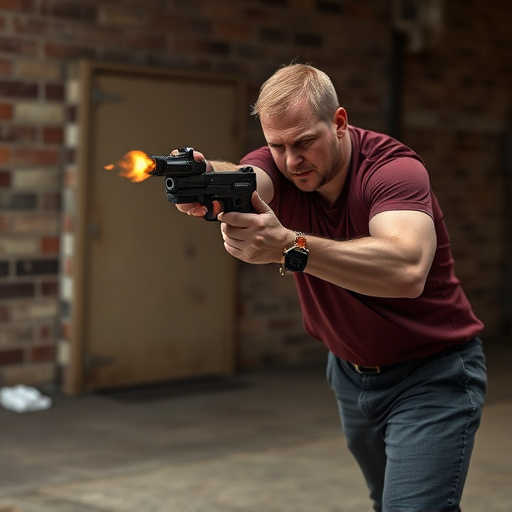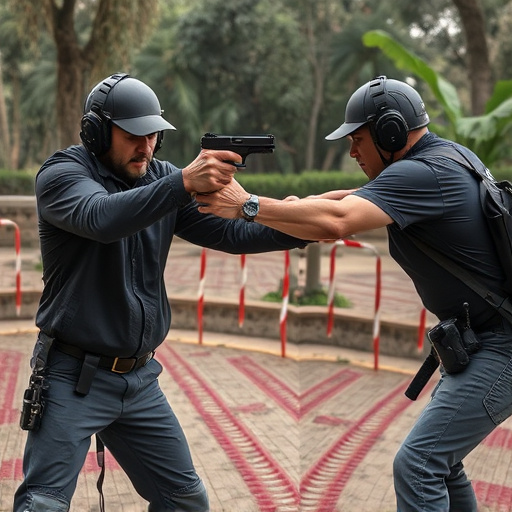Stun guns, while effective for self-defense, carry potential neurological side effects ranging from pain and nausea to severe cases of brain damage. To ensure safety during unforeseen confrontations, users must discreetly conceal these devices, balancing accessibility with discretion. This is crucial not only for maintaining the stun gun's effectiveness but also for mitigating the risk of adverse neurological outcomes.
In today’s safety-conscious world, understanding the functionality and neurological impacts of stun guns is paramount. This article serves as a comprehensive guide to exploring the concealment options available for mini stun guns, providing insights into their unique capabilities and how to discreetly carry them for personal protection. We’ll delve into the science behind stun gun effectiveness, addressing the often-discussed neurological side effects while offering practical advice on secure and legal ways to conceal these self-defense tools.
- Understanding Stun Gun Functionality and Neurological Impacts
- Exploring Concealment Options for Mini Stun Guns: A Comprehensive Guide
Understanding Stun Gun Functionality and Neurological Impacts

Stun guns, also known as electronic control devices (ECDs), operate by delivering a high-voltage, low-current electrical shock to incapacitate a target. When activated, the stun gun generates a pulse of electricity that disrupts the nerve signals in the body, leading to muscle spasms and temporary paralysis. This disruption is achieved through targeted impulses that overstimulate the nervous system, specifically affecting the brain’s control over muscular movement. The effects are designed to be non-lethal but can cause significant distress, disorientation, and physical disability for a brief period.
The neurological side effects of stun gun use can vary from mild to severe. Common immediate impacts include pain, muscle contractions, sweating, nausea, and temporary memory lapses. Prolonged or repeated exposure may lead to more serious consequences such as prolonged seizures, respiratory distress, and even brain damage in rare cases. It’s crucial to understand that the intensity of these effects can be influenced by factors like the stun gun’s power output, the length of pulse delivery, and individual differences in physical resilience and health conditions.
Exploring Concealment Options for Mini Stun Guns: A Comprehensive Guide

When it comes to mini stun guns, concealment is key for those who need a personal safety device on-the-go. These compact devices offer a swift and effective solution against potential threats, but finding a secure way to carry one is essential. A comprehensive guide to concealment options reveals a variety of strategies suitable for different needs and lifestyles.
From discreet clothing pockets to specialized holsters designed for minimal bulk, the options cater to urban dwellers and outdoor adventurers alike. Understanding the importance of keeping a low profile, especially when it comes to avoiding unwanted attention or potential legal issues, users can select methods that balance accessibility with discretion. Remember, while a mini stun gun provides peace of mind, proper concealment ensures its effectiveness remains unimpacted by visibility—a crucial aspect in mitigating neurological side effects and ensuring personal safety during unexpected encounters.
When considering a mini stun gun for personal safety, understanding its neurological side effects is paramount. As discussed, these devices disrupt the body’s electrical signals, but it’s essential to remember that they can also cause temporary disorientation and muscle weakness. In terms of concealment, this article has provided a comprehensive guide to various options, ensuring individuals can choose the best method for their needs while keeping in mind the device’s impact. Remember that responsible ownership and proper training are crucial when carrying any self-defense tool.
